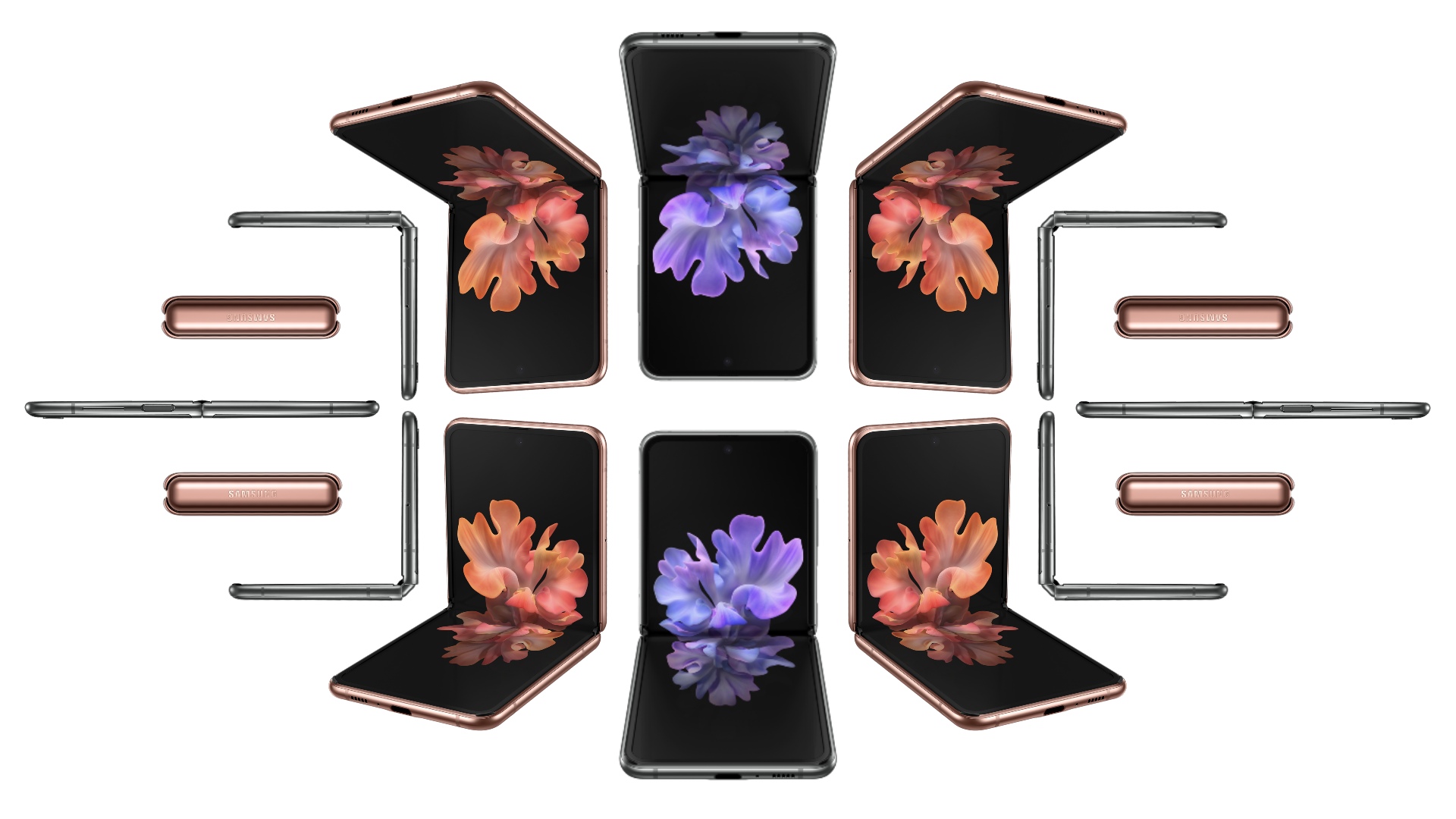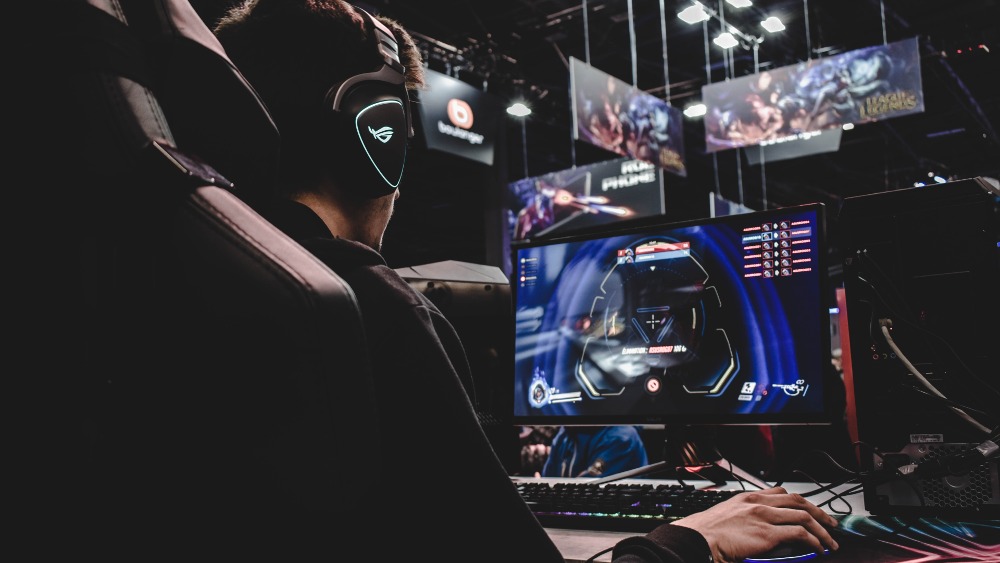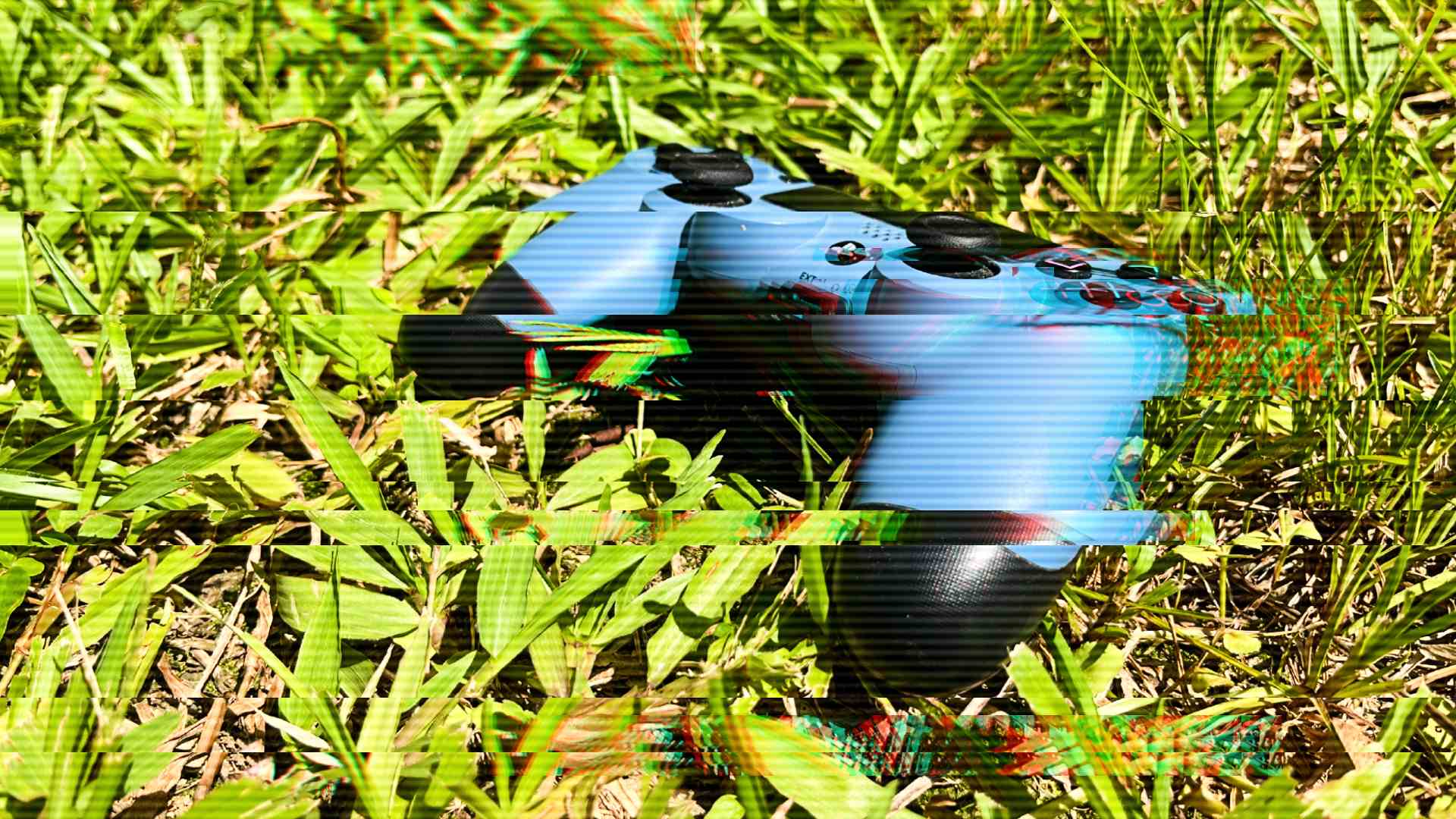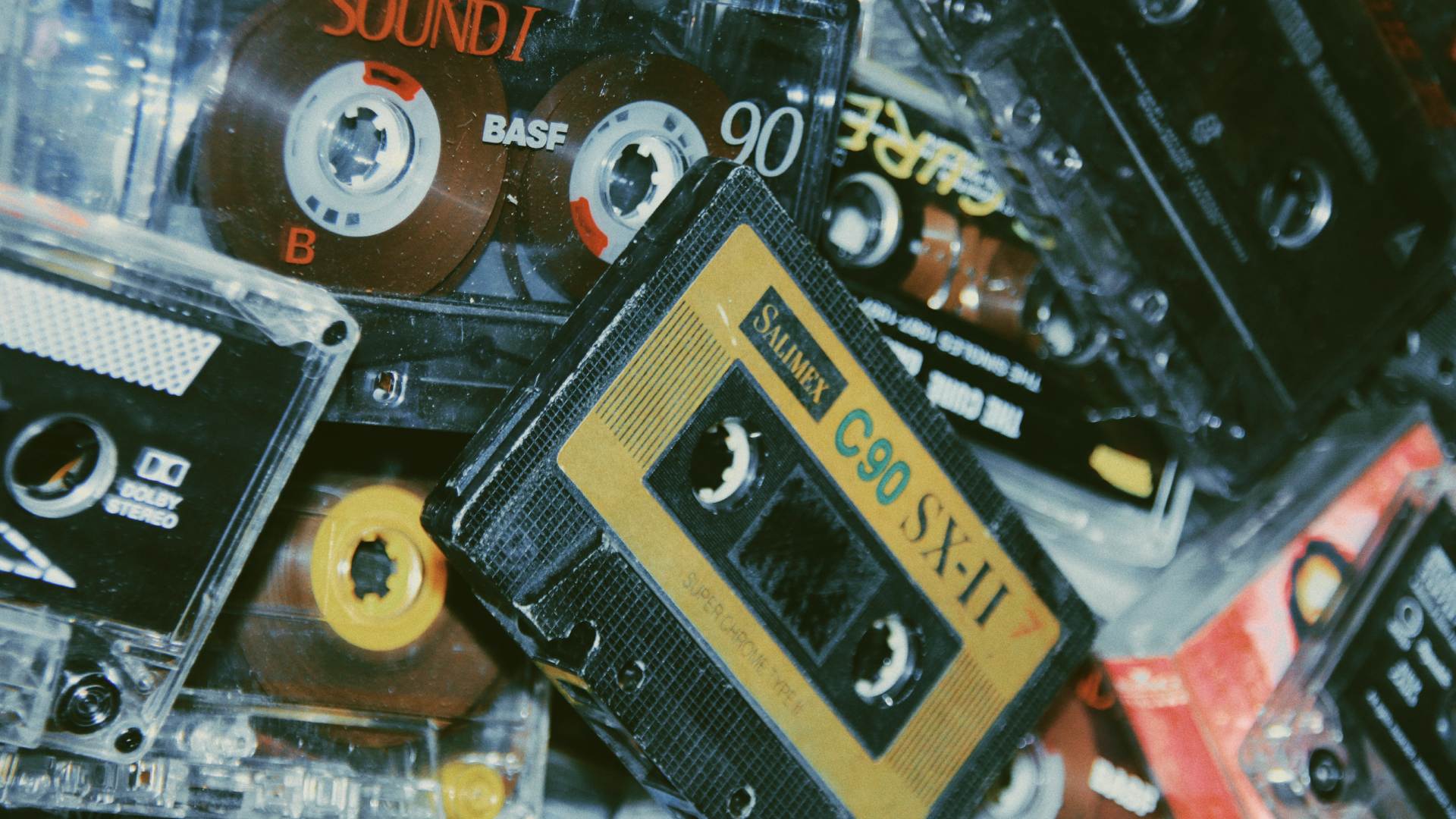Tech Talk: Will We Ever Be Sold On Foldable Phones?
In Tech Talk, our resident techie gives his two cents on, well, everything tech - from the state of gaming to next-gen gadgets and the coolest smart stuff in the pipeline - for modern living in Singapore.
The Samsung Galaxy Z Flip 5G (shown here in Mystic Bronze and Mystic Gray) has just arrived in Singapore. The 5G-enabled version of Samsung’s more compact foldable device joins its flagship Samsung Galaxy Z Fold2 as the top modern foldable smartphones in the market today.
But is it the right time to splash the cash on a foldable smartphone though? Yay or nay - we present both sides of the argument so that you can make an informed decision before you chiong to buy one.
The history of foldables
Do you remember the first time you saw a flip phone? I’m old enough to remember when the Moto Razr (shown here) was all the rage – not that I could afford one, so I was stuck with my trusty Nokia 3310.
Then came the advent of smartphone and flip phones became a distant memory… until last year.
It was February 2019 when Samsung first unveiled the Samsung Galaxy Fold. Finally, after more than a decade of blocky smartphones (yawn) we finally get something that breaks the mould - a foldable screen. Granted, it came with its own set of problems in early reviews, but the official launch was delayed to fix those issues and it was finally released in September the very same year.
Other foldable phones came soon after. The Huawei Mate X (and Mate Xs) replicated the same tablet to phone folding, while the Samsung Galaxy Z Flip and reborn Motorola Razr are same same but different versions of flip phones of the past, folding into a smaller form. Now Microsoft is also back on the smartphone saddle with its foldable Surface Duo. Yes, the Royole FlexPai did beat them all to be first to market, but that’s a rubbish phone and there’s nothing more to add to that.
Fast forward to today and we have Samsung’s latest iteration of the foldable smartphone – the Samsung Galaxy Z Fold2 (what a mouthful!). So, should you buy a foldable smartphone?
YES: 2-in-1 smartphone + tablet
There’s just something so cool about folding a screen in half. Or maybe it’s just a techie thing.
Instead of carrying both a smartphone and tablet around, a foldable phone like the Samsung Galaxy Z Fold2 does both jobs in one device. Answer calls and read WhatsApp messages on the phone side, then watch Netflix or play games when you flip the phone open. Once you get used to the device, the entire experience becomes seamless.
As for flip-style foldable phones like the Samsung Galaxy Z Flip and Motorola Razr 2, the selling point is the tiny form factor that fits on the palm of your hand when the phone is closed. There’s also something satisfying about ending a call by closing a flip phone.
Then we have the foldable tablet in the Microsoft Surface Duo. It feels like a paper notebook, but when opened, it looks like two smartphones combined. Plus point: it’s so thin at 9.9mm when folded that it’s easily pocketable.
YES: Be a multitasking warrior
What better way to utilise a big screen on a foldable phone than multitasking? You can watch a YouTube video while chatting with bae on WhatsApp or, play a mobile game and check a strategy guide at the same time with so much more real estate space.
On the Samsung Galaxy Z Fold2, there are options for dual or even triple interfaces for multitasking, and you can save apps in twos or threes to open all at once. Taking a screenshot? It will save the screenshot of each “window” separately.
There’s also continuity between screens. If you open YouTube on the outside screen, you can flip open for the bigger screen and the YouTube video will keep playing (and vice versa, but you wouldn’t want to watch YouTube on the narrow screen).
YES: Bigger, better tech
Let’s take the Samsung Galaxy Z Fold2 for example. The second Fold fixes all the niggling issues from the debut model last year. The new phone comes with a tighter hinge and way better quality screens – the Samsung Ultra Thin Glass to be precise, an upgrade from the plastic screen on the original Galaxy Fold. The tiny screen on the front is replaced by an end-to-end full screen that really doubles as a smaller phone for taking messages, changing songs on Spotify or mindless Instagram scrolling.
You’re getting the best hardware too. Top of the line Snapdragon 865 Plus processor (5G enabled), 256GB of storage, 12GB of RAM, and 4,500 mAh battery. Camera-wise, there’s 12 MP wide, ultrawide, and telephoto cameras on the rear and two 10 MP selfie cameras (not bad ah). Although it’s not quite on par with the Samsung Galaxy Note 20 but your photos will still turn out great, thanks to Samsung’s tech.
Flip style smartphones are the exception, which unfortunately doesn’t boast the latest hardware or camera modules because of its thin form factor. A classic “you can’t have your cake and eat it too” situation.
NO: Durability issues
For something so expensive (we’ll get to the price later), foldable smartphones are fragile things. While Samsung’s Ultra Thin Glass is a step up from the first-generation plastic screens, its can be easily damaged if you try. It’s going to take some time before foldable screens match up to tough Gorilla Glass on flagship smartphones.
It’s also hard to gloss over Samsung’s ominous warning about not removing the factory installed screen protector or installing a third-party screen protector. At least they offer a screen replacement service.
Another issue to consider is the hinge system. As a moving part, it’s going to be susceptible to wear and tear. When it comes to how long it will last, your guess is as good as mine - hopefully long enough to make your money’s worth.
Then there’s the inevitable screen crease. You’re not going to spot it immediately when you’re using the phone, but if you look hard enough, you will see it.
NO: Not all apps are going to look right
Apps are still catching up to the pseudo-tablet form factor, so you can still expect some apps not looking like it should be. Apps like YouTube and Spotify may look great in “tablet mode”, but others like Instagram look like a bigger version of the smartphone experience with black bars on the sides. Not ideal for such an atas price point.
On the Samsung Galaxy Z Fold2, you can choose in Settings to display apps in tablet or phone mode to mitigate some of these issues, but for foldables to be truly mainstream, all major apps should work out of the box.
Of course, this is not the case with flip style foldable smartphones, since they look like regular phones when opened.
NO: Expensive
Buying a foldable smartphone can seriously dent your bank account.
The Samsung Galaxy Z Fold2 will set you back S$2,888 (say huat?) with other foldables at around the same ballpark, or more. That’s more than 50% higher than the cost of top end smartphones. Flip style foldable smartphones are closer to flagship prices but the hardware doesn’t really justify its price.
That being said, if you really want to stand out or the appeal of a tablet and smartphone combination is up your alley, then budget shouldn’t be a concern for you. For the rest of us peasants, we’re willing to wait until foldable phones are priced at the same level with flagship smartphones.
For the latest updates on Wonderwall.sg, be sure to follow us on TikTok, Telegram, Instagram, and Facebook. If you have a story idea for us, email us at [email protected].











